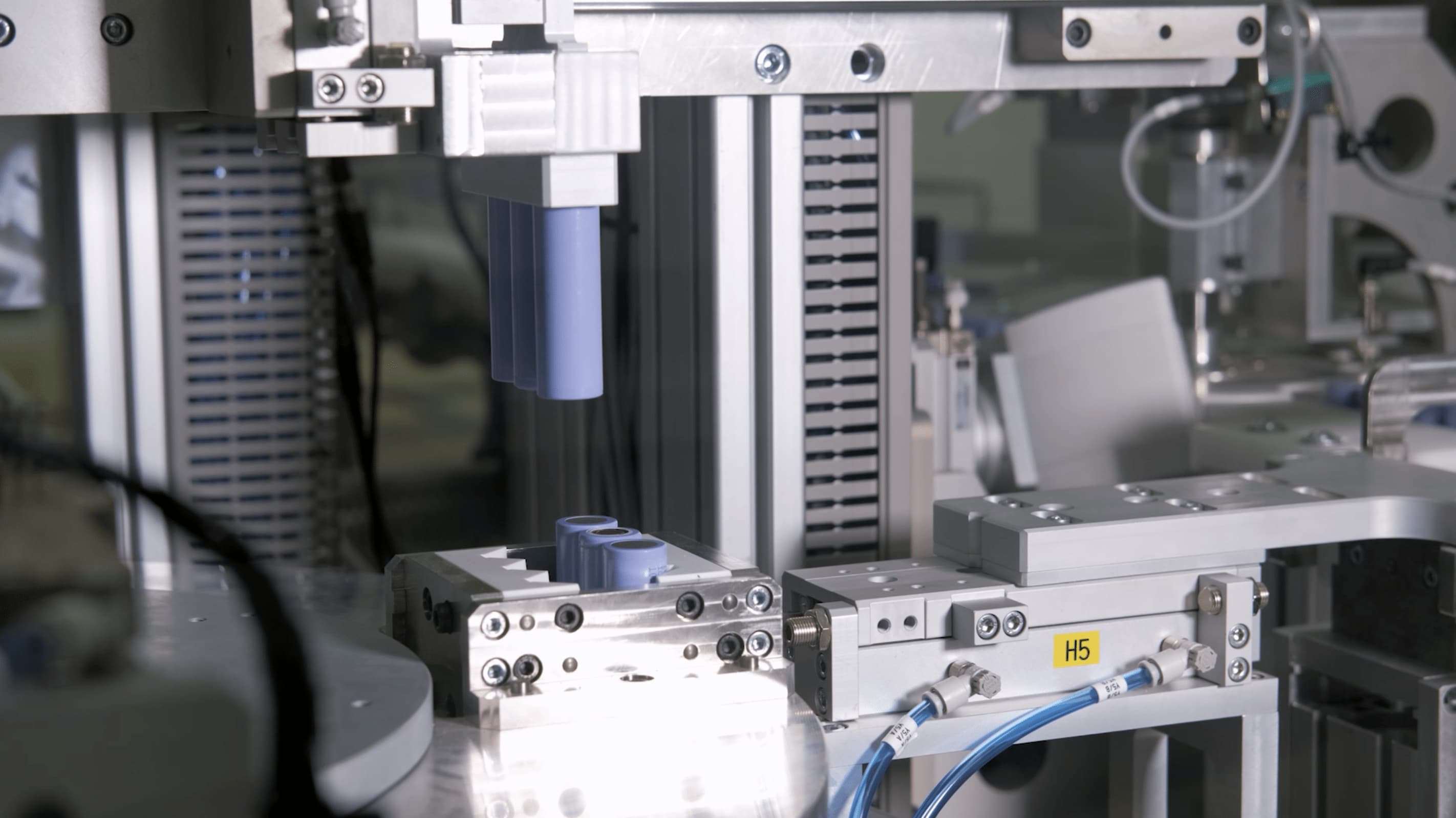In December 2020 the European Commission proposed a new EU legislation on battery sustainability. The proposal covers social, economic, and environmental issues related to batteries. Batteries should be produced with the lowest possible environmental impact, comply with social standards, made to be long-lasting, and recyclable at the end of their life. (European Commission)
We at instagrid celebrate this proposal. Clear legislation will help everyone to work towards more sustainable battery production, and eventually achieve the long-term strategy of the EU to become climate neutral by 2050.
This proposed legislation consists of multiple different elements. To develop a sustainable and competitive battery industry across Europe, it proposes that batteries in the future should
be produced by using responsibly sourced materials with restricted use of hazardous substances
be produced with a certain minimum content of recycled materials
meet collection and recycling targets, have a clear carbon footprint declaration
be easily replaceable to build long-lasting systems
have clear labeling to openly share needed information (European Commission)

1. Minimizing the carbon footprint of batteries
Acknowledging and working towards minimizing the environmental impact of batteries will further the long-term strategy of the EU to achieve climate neutrality by 2050. With this battery regulation proposal, only batteries with a carbon footprint declaration can be placed on the EU market from 2024 forward. (European Commission)
A recent LCA study shows that 1 kWh of battery capacity is related to around 100 kg of CO2 footprint. The material preparation stage, mainly the production of cathode material, wrought aluminum, and the separator, is the primary contributor to the environmental impact of batteries. Although, proper handling and recycling of the batteries at their end-of-life can have a significant impact on lifetime CO2 emissions. Successful waste battery recycling can reduce CO2 emissions by 31kg (33%).
Life cycle assessment is a technique to quantify the environmental impacts of a product over its whole life cycle. At instagrid, we follow the ISO standards for our product LCA. A holistic life cycle assessment looks at material extraction, processing, transportation, product use, and eventually disposal. This approach helps to avoid simply shifting environmental impacts from one life cycle phase to another. In the end, life cycle assessment evaluates the magnitude and significance of the potential environmental impacts and helps us to build more sustainable batteries.

To further minimize our CO2 footprint, the housing of instagrid battery is made of recycled aluminum. When using recycled aluminum, instead of virgin one, the CO2 footprint of the housing can be reduced by 48%.

However, today it is impossible to receive precise, confirmed CO2 emissions from battery cell suppliers, which is why we highly welcome the marking strategy of the EU commission. Since the instagrid technology is agnostic to battery cell technology, we are happy this will put us in the position to choose the most sustainable technology for us.
2. Responsibly sourced materials meeting social standards
Batteries placed on the EU market should be produced by using responsibly sourced materials with restricted use of hazardous substances, and by having full respect to human rights and following social standards. (European Commission).
At instagrid, we follow the OECD due diligence guidance for a responsible supply chain of conflict minerals. Where possible, we prefer non-toxic, sustainably managed renewable, or recycled materials that have a lower environmental impact, and we conform to RoHS (Restriction of Hazardous Substances) and REACH (European Union regulation for chemical substances) compliances.
3. Recycling as a self-evident practice at the end-of-life
The regulation proposes a much-needed focus on the collection and recycling of batteries: 70% collection rate in 2030 for portable batteries, and a full collection for industrial and automotive/electric vehicle batteries (European Commission).
We at instagrid have country-specific recycling agreements in each of the countries where instagrid systems are sold. With these agreements, we guarantee a closed-loop value chain in Europe. With successful waste battery recycling, we can reduce the product lifetime CO2 emissions by over 30%. The increasing recycling efficiency driven by technology innovation and legislation pressure helps to further reduce the carbon footprint of our products.
Product design and life cycle thinking throughout the production are required components for the successful recyclability of batteries. At instagrid, we minimize the components used in our battery system, and aim to avoid permanent fixing of different materials. This makes the separation and recycling of different materials easier and more efficient.

4. Replaceability building sustainable batteries
In addition to the recycling of batteries, the regulation proposes a new obligation on replaceability to ensure that the life of the appliances isn’t dependent on the battery. Building long-lasting appliances with the possibility to substitute the battery, we are able to use less raw materials and utilize them for a longer period of time.
The modular design of instagrid system strengthens the removability and replaceability, which allows a longer lifetime for the systems.
5. Open information sharing
To ensure the proper handling and recycling of batteries with the end-user, the regulation also touches upon the labeling of batteries. These labels should provide necessary information on the main characteristics of batteries, e.g. lifetime, charging capacity, and the requirement for separate collection. instagrid labeling will provide the needed and useful information for users and professional staff. In addition, instagrid provides an extensive manual for the users to help them with using and recycling the battery. To ensure the information flow, we are working on easy and engaging ways to provide information to users, e.g. QR codes and battery passports.
Request a call
We’re here to help. Whether you have a question, want to talk through your own applications or book a demo, our team is ready to call you back. Simply fill out the form and we’ll be in touch soon.
